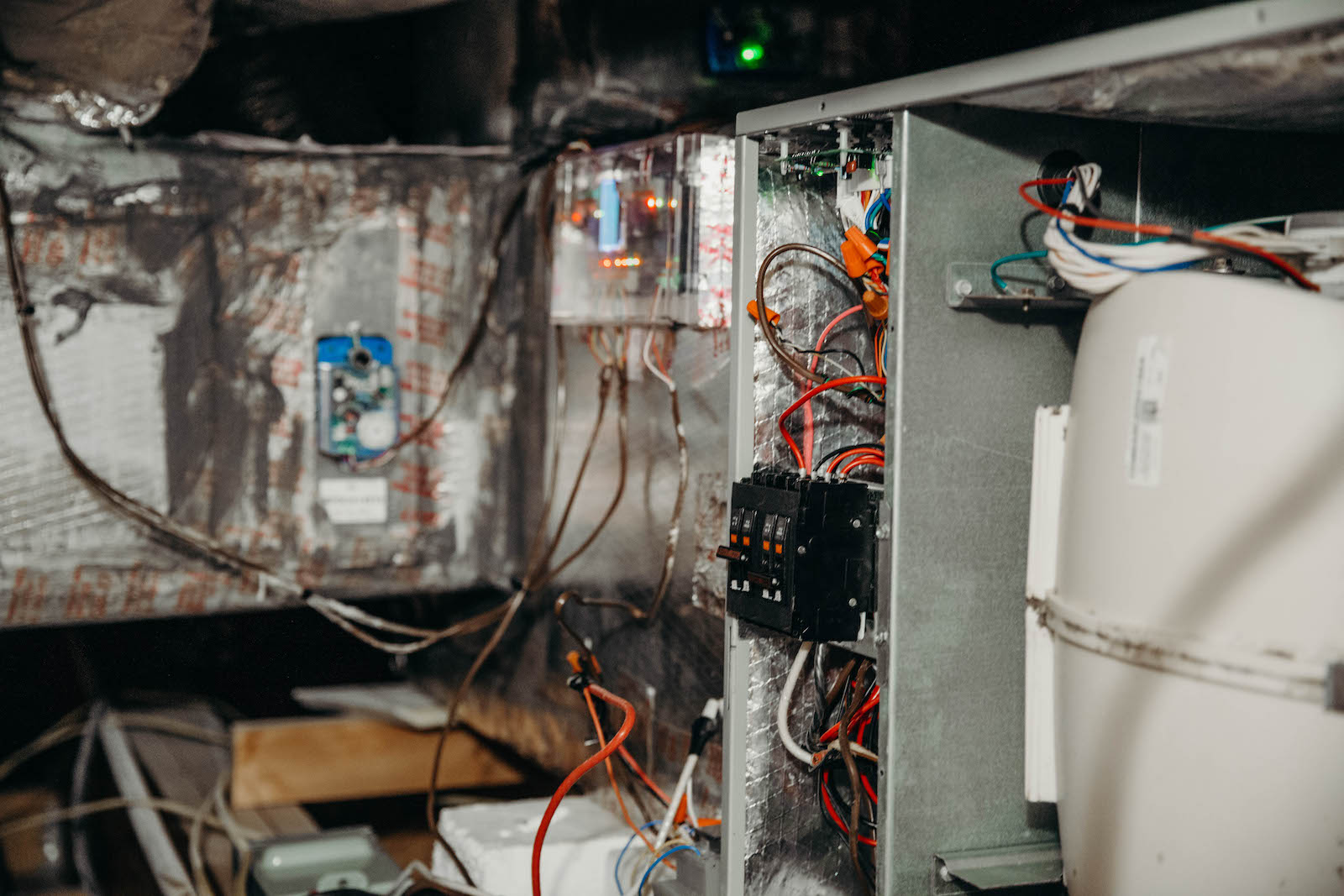The Brief History of Saint Paul, Minnesota [Historical Timeline]
Did you know St. Paul, Minnesota was once called Pig’s Eye Landing? Maybe a far less attractive name for the beautiful city of today. The Twin City was founded over a decade before Minneapolis, back in 1838.
What started as a significant fur-trading area has stemmed into one of the best cities in Minnesota, where people flock to attend MN Wild hockey games, the Annual St. Paul Winter Carnival, and catch gorgeous views of the Mississippi River near downtown.
Today we’re going to give a brief history of St. Paul, from its earliest days to now.
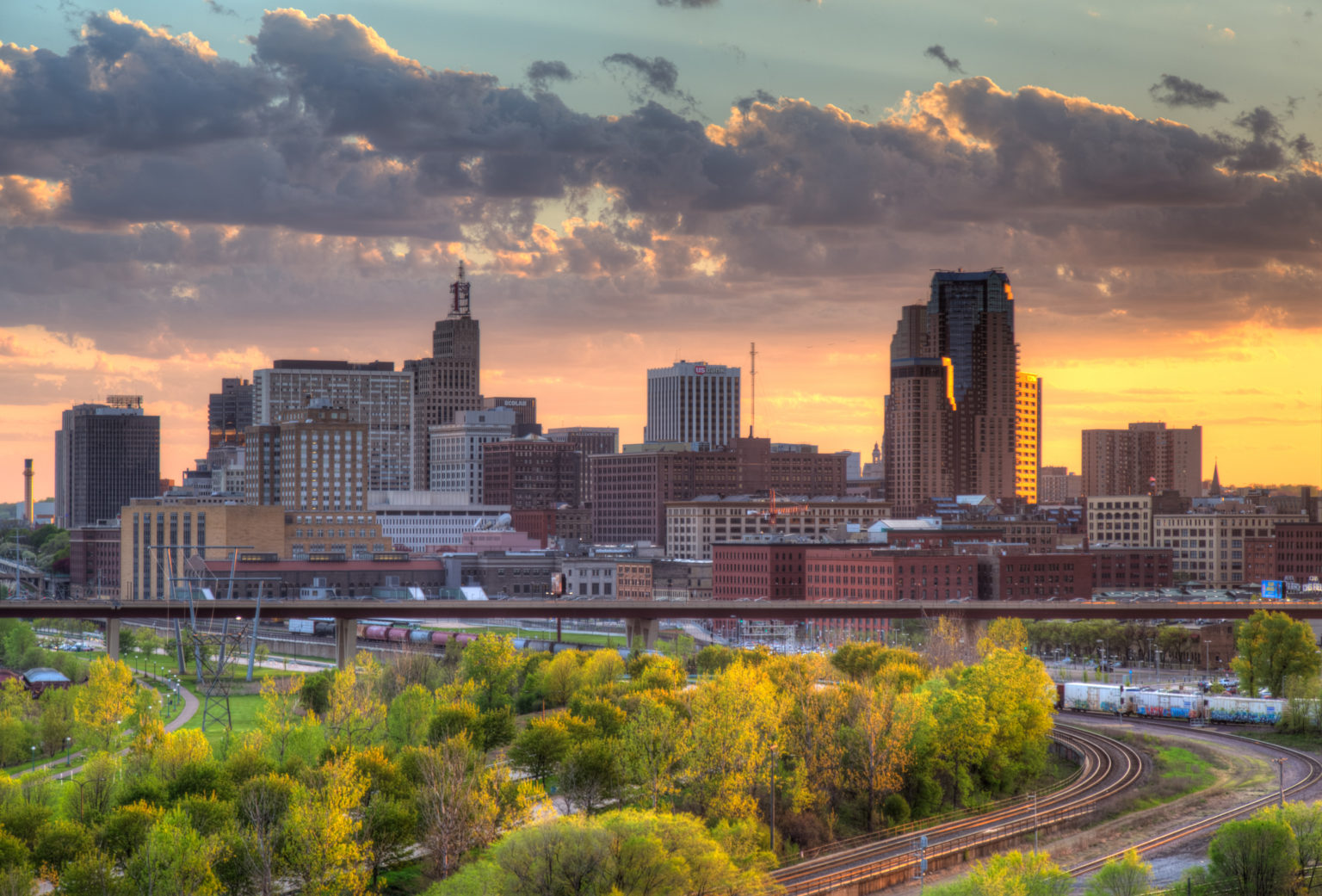
The Geographical History of St. Paul
500 million years ago, the entire state of Minnesota was covered with tropical seas, believe it or not. Those seas had all sorts of fish and creatures whose fossils can be found near the river beds across St. Paul and Minnesota.
1.2 million years ago, which is a tiny fraction comparatively, the state was covered in glaciers that paved rivers, streams and melted into our lakes and ponds all across the state—coining us the Land of 10,000 Lakes.
Throughout all that time, layers of sedimentary rock have been laid, and there are areas of St. Paul such as Lilydale Park; you can see for yourself the layers upon layers of slate, limestone, and sandstone. Visitors can even find marine fossils in the local creek and sandstone caves in the area. It’s a fun day trip if you find yourself in St. Paul this summer!
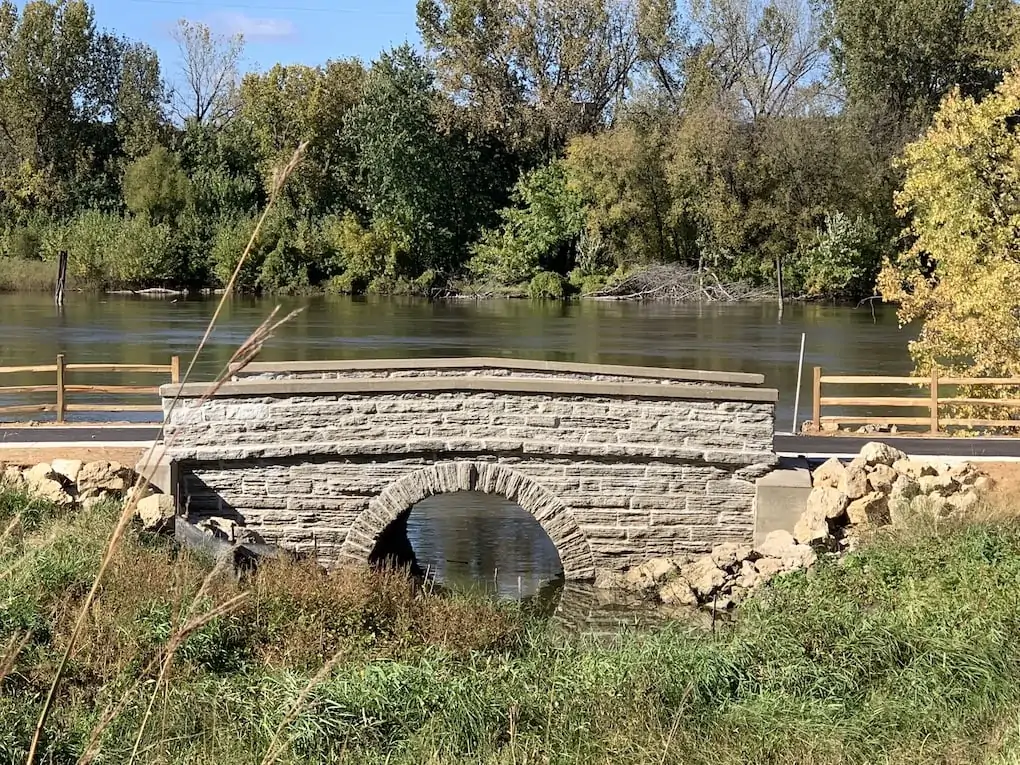
Source: StPaul.gov
20AD: The First People Arrived
Around 2,000 years ago, the area saw its first arrival of Native American tribes that inhabited much of the northern Midwest (Minnesota, Wisconsin, the Dakotas). St. Paul specifically was home to tribes such as the Sioux, Dakota, and members of the Hopewell Culture. The Hopewell Culture is an ancient culture that followed similar traditions like the Egyptians by burying their dead in large mounds (rather than pyramids) with artifacts and personal belongings. These were called effigy mounds, and evidence of them remains today.
1600 to 1837: Inhabiting Dakota Build Carver’s Cave
Evidence shows that the Dakota inhabited the St. Paul area from around 1600 to 1837. Carver’s Cave is named after American explorer Jonathan Carver, who first discovered the cave after his travels to the area in 1766.
Of course, it hardly seems fair that the cave was renamed for Jonathan Carver, but for nearly a hundred before his discovery, the cave was called Wakan Tipi—Dakota for “dwelling place” or “sacred place.”
The cave was a gathering place and burial site for the tribes, complete with hieroglyphics of snakes, birds, bears, and other animals. Much of the caves have since worn away due to nature and human intervention, but it continues to be a modern marvel today.
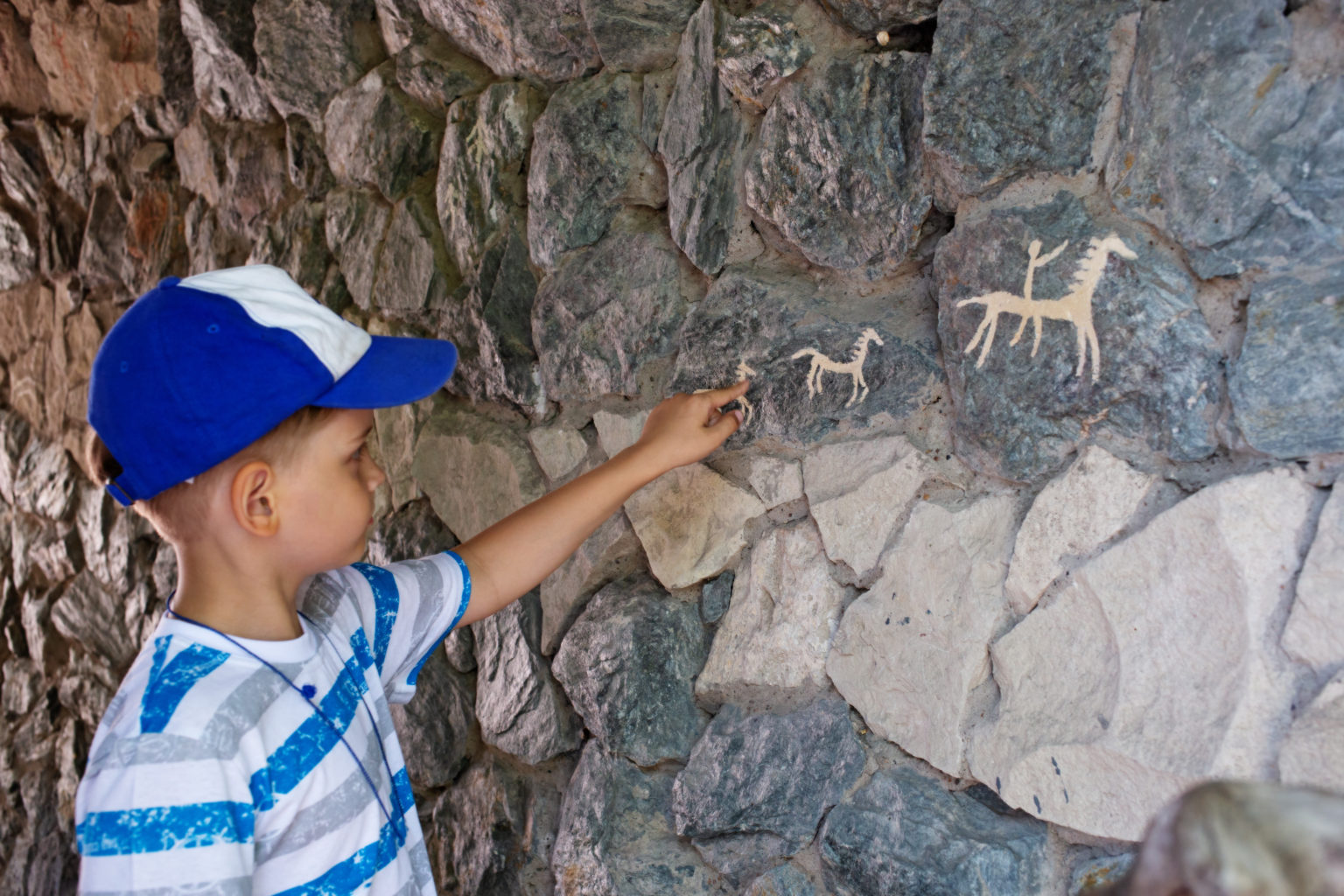
1780-1787: The First Settlers Arrive
Despite being inhabited by Native Americans for hundreds of years, European settlers claimed much of the area. A large area of land east of the Mississippi River, west of Pennsylvania, and sitting north and northwest of much of the eastern states became the Northwest Territory.
Congress created the Northwest Territory in 1787, and much of what is now the United States was divided into similar territories, which then became states throughout the next few years. Years later, in 1803, the land West of the Mississippi (which we could consider Minneapolis) became a part of that same agreement with the Louisiana Purchase.
Two years later, in 1805, American explorer Zebulon Pike found his way to the St. Paul area and helped negotiate the 100,000 acres of Dakota land that went on to become Fort Snelling. This was known as Pike’s Purchase. Zebulon Pike actually went on to acquire tons and tons of land and helped sign treaties across the country.
1789-1830: Treaties are Signed, and Fort Snelling is Built
In 1819, Fort Snelling was built on the land acquired during Pike’s Purchase, where the two major rivers (Mississippi and Minnesota) converge. Fort Snelling became the most prominent American military presence in the area, which helped assert dominance over fur traders flooding into the area trying to claim the land.
Of course, many fur traders did claim land, including Pierre “Pig’s Eye” Parrant. Pig’s Eye was a rough-looking fellow and retired fur trader who quickly opened up a bootleg whiskey seller’s cabin at the mouth of Fountain Cave. Pig’s Eye got his name from the white ring around his bad eye that gave it the appearance of a pig’s eye—and the name served him well.
His tavern became incredibly popular among soldiers serving at Fort Snelling and lasted for quite some time. The regulars coined the area Pig’s Eye Landing, and business boomed for Pierre “Pig’s Eye” until Fort Snelling evicted him from the area in 1840. Nine years later, the Minnesota Territory was officialized, and the area formerly known as Pig’s Eye Landing was renamed St. Paul.
1849-1860: St. Paul Becomes the Capital City
With St. Paul becoming the capital city, it brought incredible growth to the area. At this time, St. Paul was home to less than 1,000 settlers but shortly after that grew to nearly 10,000 by the end of the decade.
With so many people flooding the area, the signs of a big city began to form. St. Paul saw its first newspaper, the Minnesota Pioneer, the Wabasha Street Bridge was built, and more. Many still standing today, schools, churches, and neighborhoods were built, such as the College of St. Paul (1854) and The Church of Assumption Catholic Church (1855).
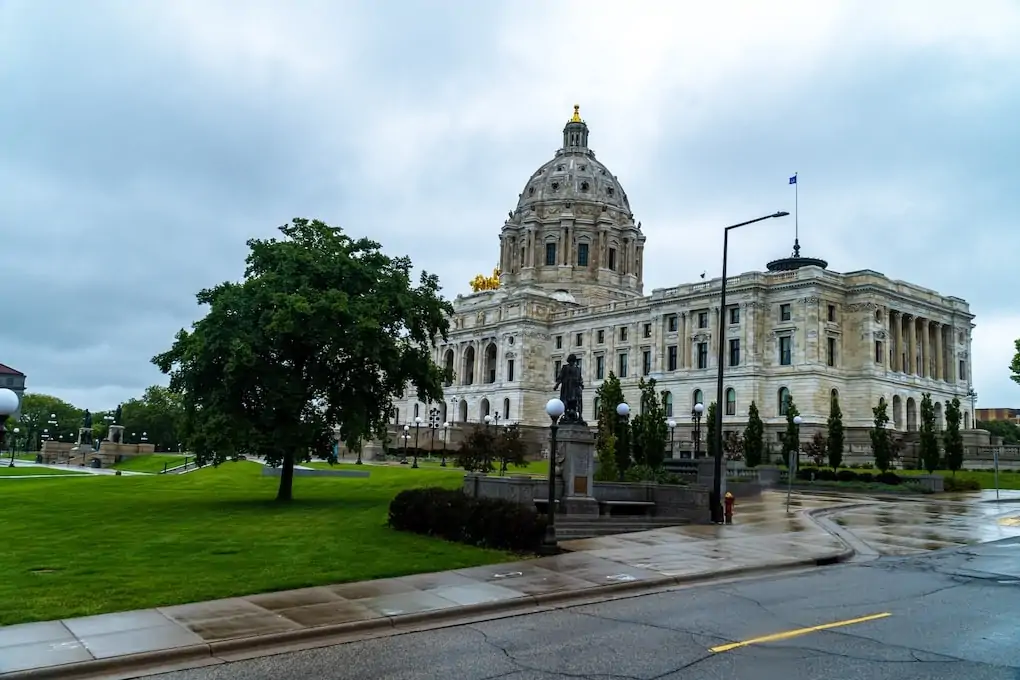
1860-1903: Business Booms Along the Mississippi
From 1860 and beyond, the three major cities along the Mississippi River, Minneapolis, St. Paul, and St. Anthony became thriving boomtowns. The river made trading incredibly easy and viable, and it drew 200,000 people to settle in the area by this time. Wow!
This growth also brought a lot of immigrants to the area, mainly Swedish and Irish. Unfortunately, these immigrants didn’t speak English and found it hard to find work in the area, which led to a span of violence, crime, and a boom of brothels where immigrant women could work and make a good living. Things calmed down eventually, but downtown St. Paul definitely saw its fair share of growing pains.
Other significant events that occurred during this rapid growth included Lake Como and Lake Phalen being purchased by the city, which went on to become Como Park Zoo and Conservatory and Lake Phalen Regional Park. St. Paul also held its first St. Paul Winter Carnival in 1886, which still goes on every year to this day. And, of course, the infamous Landmark Center, which was once the main Federal Court House of the bustling Midwest, housed John Dillinger, Baby Face Nelson, and Machine Gun Kelly in its prime.
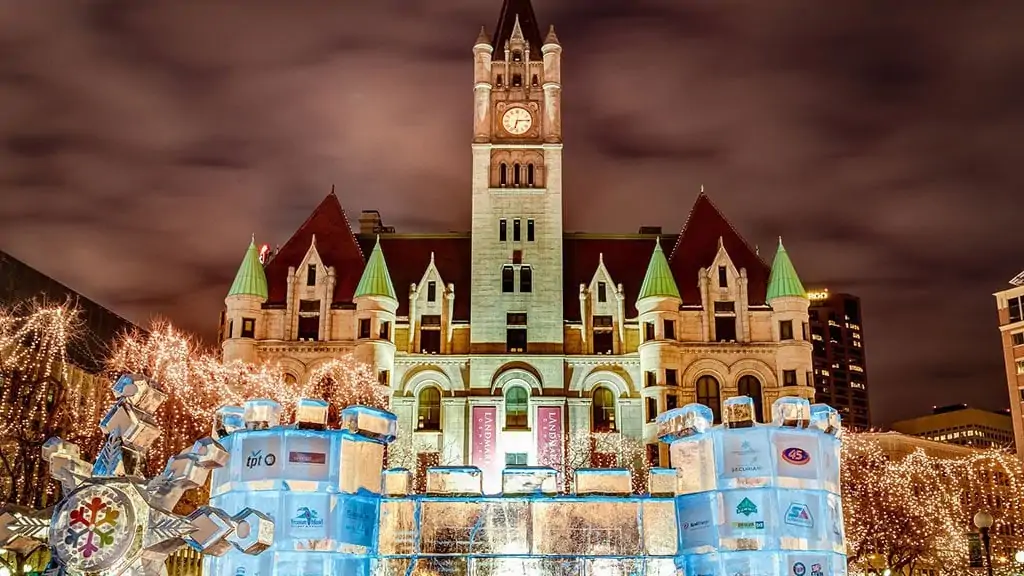
Source: Greg Lundgren via Capture Minnesota
1903 to Today
St. Paul went on to be very successful in finance, e-commerce, and breweries, of course. Today, St. Paul remains one of the biggest tourist spots in the state. From tourist spots like Como Zoo and Fort Snelling to its bustling food scene and river views, there’s no lack of things to do in St. Paul to this day.
Of course, there remains a heated debate about which city is better: Minneapolis or St. Paul, but either way, we admire both for having such wild beginnings to make it what they are today.

Top-Rated Plumbing Services In The Twin Cities
Do you know what else St. Paul has to offer? Superb plumbing service via 4Front Energy. Our team at Paladin is here to serve the people of St. Paul and beyond with excellent care and service. To find out more, or set up your FREE project estimate reach out today!
Request Service

Why Choose 4Front Energy?
We’re a Service Company, Not a Sales Company
- Licensed, bonded & insured contractor
- Trusted Twin Cities service provider for nearly 30 years
- Reliable service excellence
- One number for electric, HVAC, and plumbing
- Stand behind our work with integrity
- Fair and straightforward pricing
- Provide invaluable comfort and integrated efficiency
- Technicians that take pride in their work



